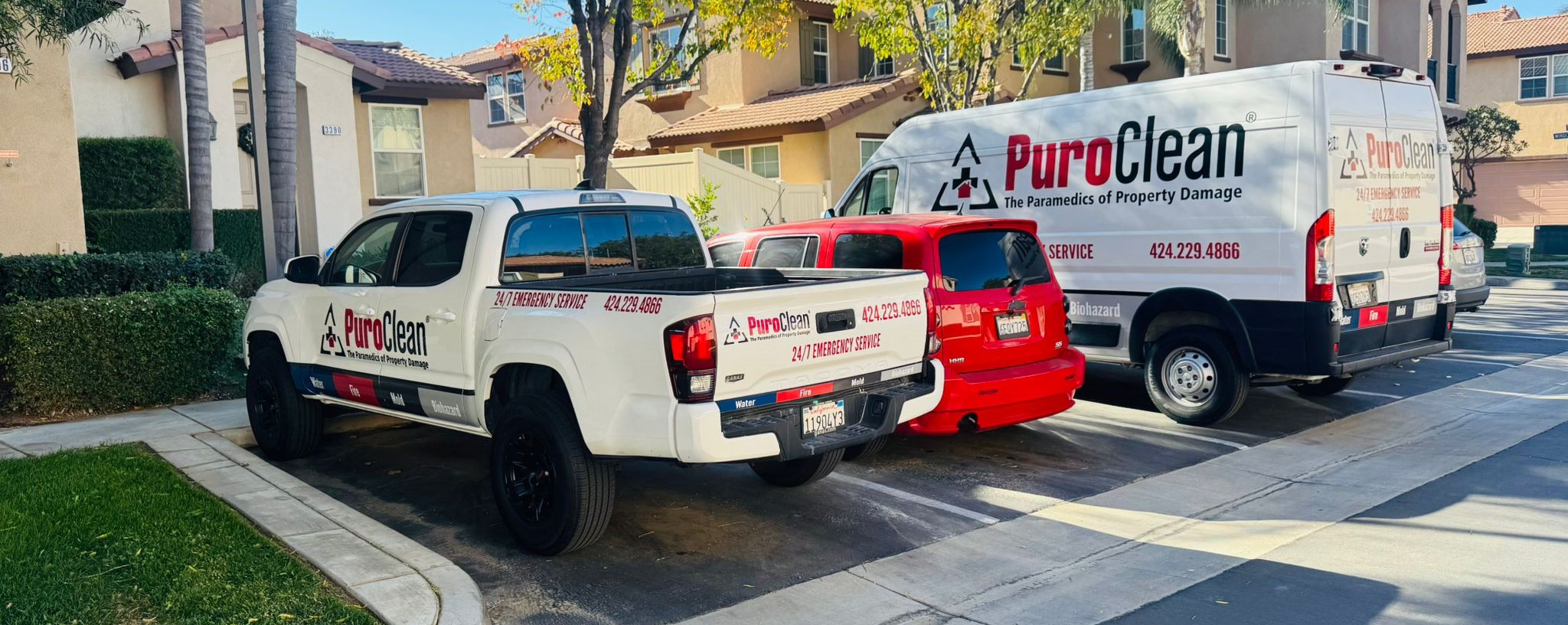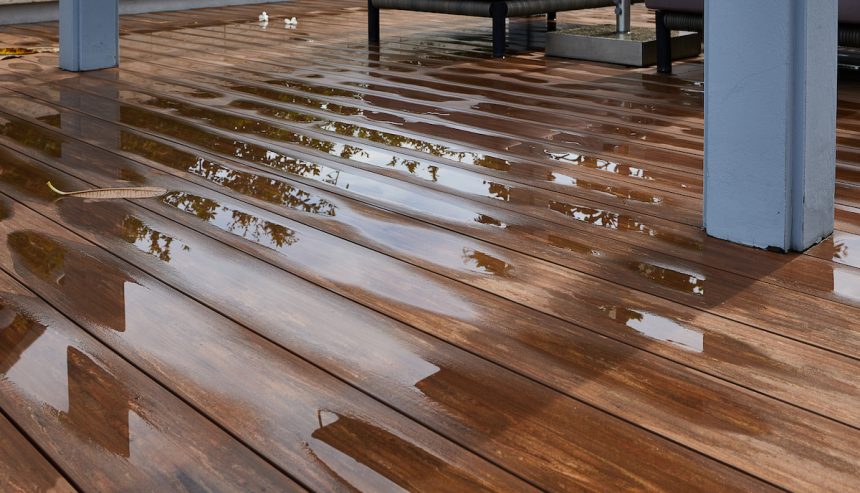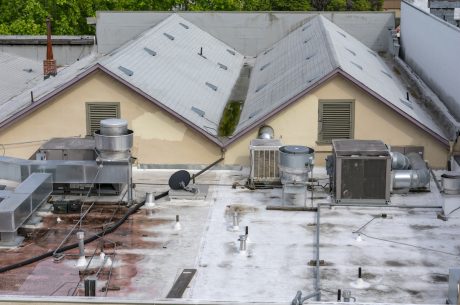Table of Contents
How to clean up water damage is a question many homeowners face when disaster strikes. Whether it’s a burst pipe in the middle of the night or floodwater creeping into your living room after a heavy storm, the aftermath can feel overwhelming. But acting quickly makes all the difference. In this guide, we’ll show you exactly how to clean up water damage step by step — safely, thoroughly, and with your home’s long-term health in mind.
Step 1: Ensure Safety First
Before you even begin to clean up water damage, your safety comes first. Shut off electricity in affected areas, wear protective gear like gloves and boots, and be cautious of slippery surfaces or potential mold growth.
Step 2: Identify the Source and Stop It
The first step in any clean up water damage process is identifying the source of the water. It could be a broken pipe, roof leak, or stormwater. Once you’ve located it, stop the flow of water if possible. This might involve shutting off your main water supply or temporarily sealing leaks.
Step 3: Remove Standing Water Immediately
Time is critical. Use pumps, wet/dry vacuums, or buckets to remove as much standing water as you can. The longer water sits, the more damage it causes.
Step 4: Dry Out the Area Thoroughly
Once standing water is gone, it’s time to dry everything. Open windows and doors, use fans and dehumidifiers, and keep the air circulating. Drying out a space is a key component of how to clean up water damage effectively.
Step 5: Remove Damaged Materials
Saturated drywall, insulation, carpet, and even furniture might need to be removed if they can’t be dried completely. This prevents mold growth and structural issues.
Step 6: Clean and Disinfect All Surfaces
Water damage cleanup doesn’t stop at drying. You must clean and sanitize affected surfaces to kill bacteria and mold spores. Use a non-toxic disinfectant on walls, floors, and furniture.
Step 7: Check for Mold Growth
One of the biggest risks after water damage is mold. If any areas smell musty or show signs of mold, call in professionals. Don’t attempt to remove mold on your own if the area is larger than 10 square feet.
When to Call in the Experts
If the damage is extensive or you’re unsure about hidden water in walls or flooring, it’s time to bring in the pros. PuroClean of Bellflower specializes in comprehensive water damage restoration, using advanced tools to detect moisture and restore your property to its pre-damage state.
Don’t wait until things get worse — call us at (562) 356-8500. We’re available 24/7 for emergencies.
FAQs About Water Damage Cleanup
Q1: How soon should I begin cleaning up water damage?
A: Immediately. The sooner you act, the more you can reduce the damage and repair costs.
Q2: Can I clean up water damage myself?
A: Minor spills or leaks can be handled DIY. But for major flooding or hidden moisture, it’s best to call professionals.
Q3: How long does it take to dry out a water-damaged area?
A: It depends on the extent of damage, but drying typically takes 24-72 hours with proper equipment.
Q4: What if mold has already started growing?
A: Don’t attempt large mold cleanup on your own. Call (562) 356-8500 immediately for safe mold remediation.
Q5: Will my insurance cover water damage cleanup?
A: Many homeowners’ insurance policies cover water damage, especially from sudden causes. Always check with your provider.
Final Thoughts
Understanding how to clean up water damage is vital to protecting your home and health. While small spills may be manageable, larger incidents can quickly escalate into costly repairs if not handled properly.
Let PuroClean of Bellflower handle the job for you. With rapid response, expert technicians, and state-of-the-art drying equipment, we ensure your home is safe and sound.
Call us today at (562) 356-8500 for water damage clean up services.




